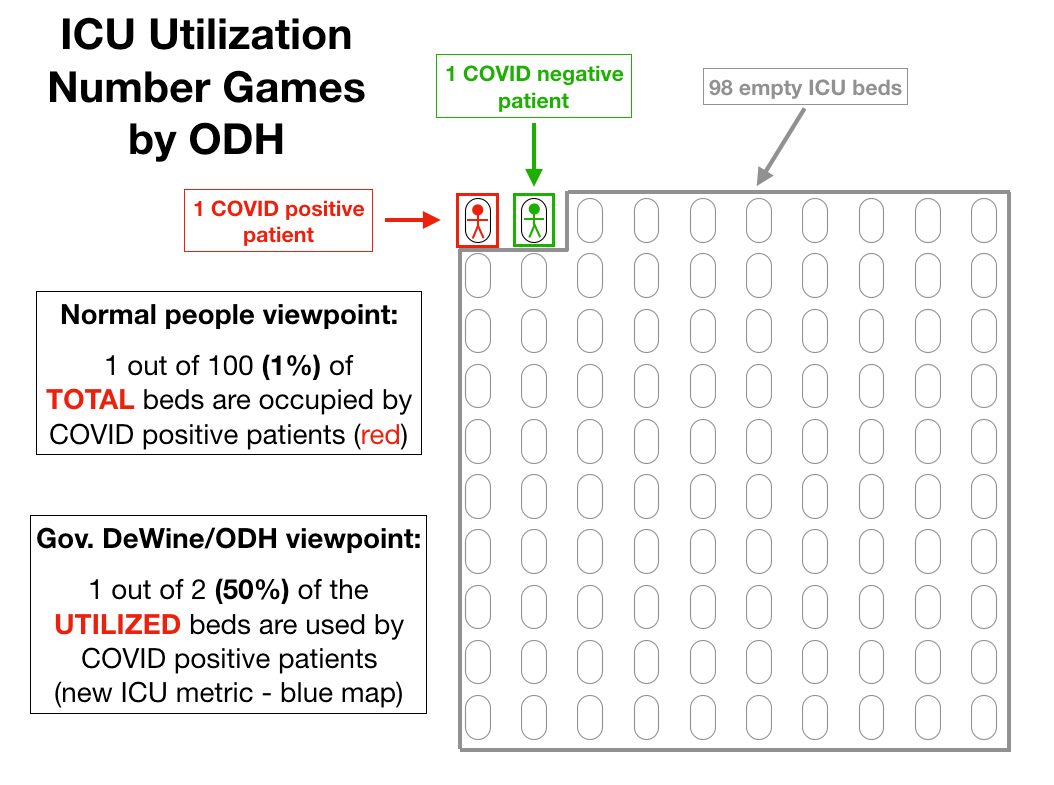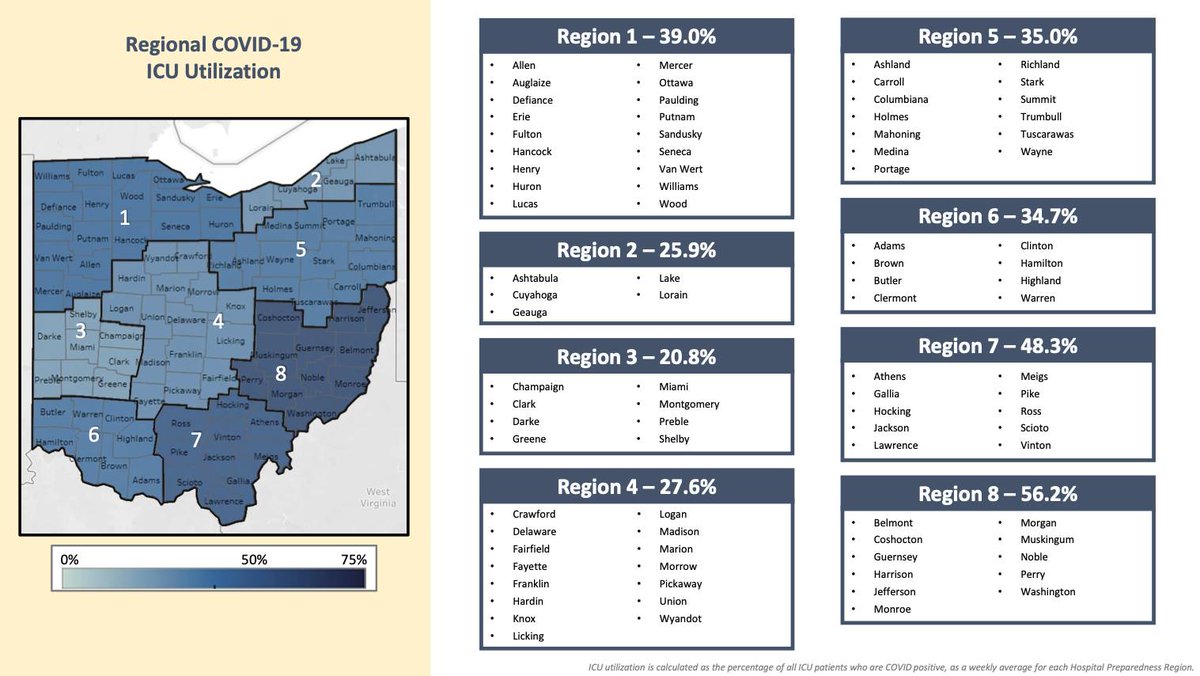
- Denominators -
So, there was a really great question in the comments yesterday, asking about where are we in our cases per 100,000 if we were to remove all probables in the last week. Let's take a look, shall we?
So, there was a really great question in the comments yesterday, asking about where are we in our cases per 100,000 if we were to remove all probables in the last week. Let's take a look, shall we?
Please examine the attached table. In the first column I have listed out 'probable' cases, confirmed cases and the total combined from 2/24/21-3/9/21 - the range used for our current number. In the second column I have calculated the all important cases per 100,000 metric. 

As you can see, the number of 'probables' alone exceeds the 50 cases/100,000.
But interestingly enough, if we were to count only confirmed cases and actually follow what the CDC does -
But interestingly enough, if we were to count only confirmed cases and actually follow what the CDC does -
- by counting our cases over just 7 days and not 14 (because Ohio, all by itself, has decided that 14 days is a 'better' time frame without also adjusting the case/100,000 rate) we would already be below 50 cases/100,000.
📢 When you control the rules, you control the game.
**Note: I chose the 3/4/21-3/10/21 range because it was the same distance from the data collection time frame. It is my attempt to even out the data lag. Next week I will collect this data at the same time as the rest so I can do a direct comparison to be more accurate.
• • •
Missing some Tweet in this thread? You can try to
force a refresh






